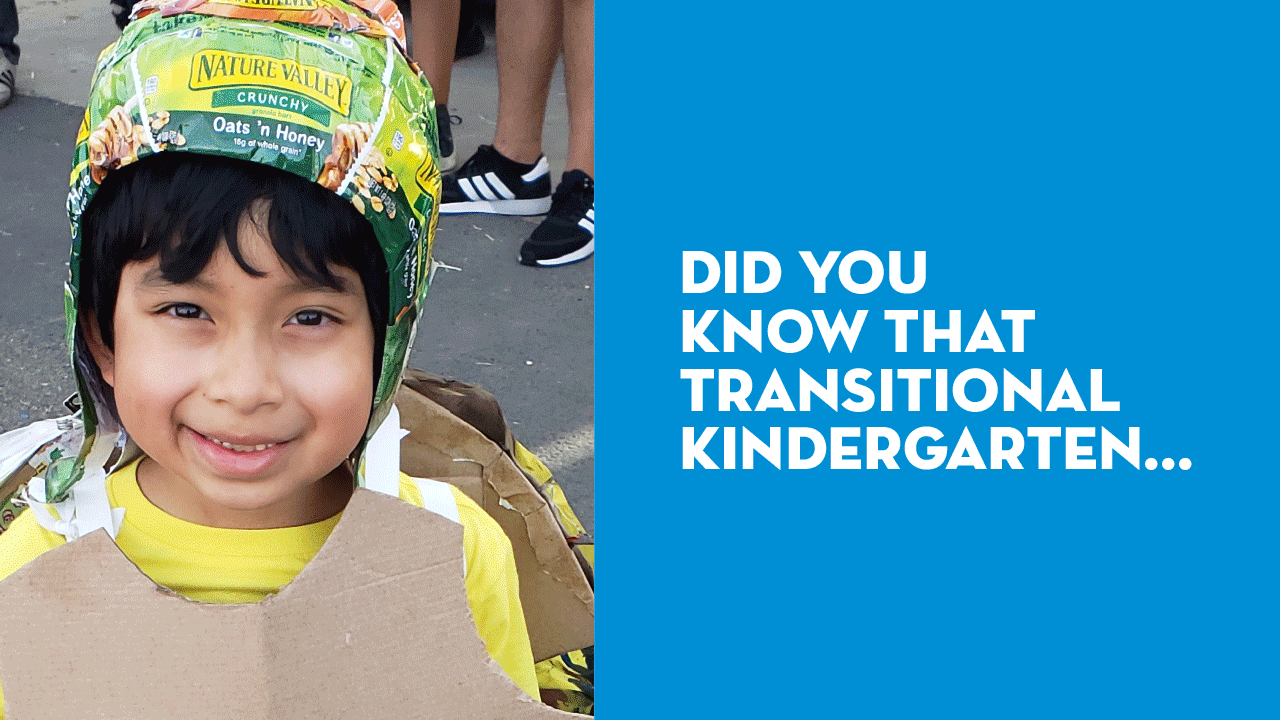Social Media Stories That Succeed
Posted by Rosie Powers on May 22nd, 2019
Posted in Blog, Digital, Nonprofit Web

Stop me if you’ve heard this story, but Stories—as in the increasingly popular way to share content on social media—are worth understanding. They’re bite-sized communication bombs that are, more and more, cutting through the newsfeed noise to engage audiences.
But What Are Stories?
Stories are an evolution of what you’re used to seeing on a Facebook timeline or in an Instagram post. Instead of a single, static image, chunk of text, or link (with a visual preview), stories offer brief, active pieces of content that only remain accessible for 24 hours.
And then, your next question probably is: “What’s an active piece of content?”
They can be anything presented visually—an image, a series of images, images with overlaid text or stickers or animations, video clips, or some combination of those. What makes it a Story and not a post is the element of time. Stories play out over time, so when you open one, it plays for its brief window of a few seconds, then disappears or transitions into the next story. You can watch a Story (or sequence of Stories) repeatedly until their 24 hour availability limit runs out.
Take a look at a few examples of simple Stories we produced as part of a digital campaign for Franklin-McKinley School District in San Jose, California:

Story-form content was popularized by Snapchat, primarily as a novel way for people to share with their community. Since then, however, they have been integrated into Instagram, Facebook, and WhatsApp.
This Is Why You Care
TechCrunch’s Josh Constine compares social media to a “window through which your friends can watch your life” but Stories he calls “the floor-to-ceiling window observation deck”. They give us a broader view and a deeper dive with their unspooling delivery of content and more engaging format.
Stories are more personal and more revealing and so they aren’t for everyone. That said, they are a tool some nonprofits are using effectively to promote positive change.
In its “Stories from the Other Side of the World” campaign, humanitarian aid organization CARE France worked with BBDO Paris to produce a series of Instagram Stories that depict the everyday lives of seven women from around the world, told over seven days. These Stories promote awareness and action around looming humanitarian aid issues, such as climate change, poverty, and clean water access.
These Stories are powerful because they are personal.

Getting Started with Stories
Stories are a media format that requires a camera, so you’ll want a smartphone to produce them. You’ll also need to download the app for the platform on which you’d like to post your story.
For a step-by-step guide to producing a Story, see the links below by platform:
Story Pros + Cons
Like any media sharing format, Stories can be an extremely effective storytelling tool. How effective is dependent on how the content is used as well as who you’re trying to reach.
Pros
- Personalization: Because Stories are visual, they’re great for communicating quickly in a way that feels more personal and authentic. Because of this, sometimes Stories get used to share behind-the-scenes or day-in-the-life content.
- Limited Availability: Stories only stick around for 24 hours, enticing users to watch these updates while they can.
Cons
- Audience-Dependent: Stories are gaining popularity but they are still primarily accessed by Millennial and Generation-Z audiences. If your organization has a younger audience, or is trying to expand your reach to younger audiences, Stories might be a good idea. If your audience is older, you’ll want to assess if this is the right tool for the job.
- Impermanence: The limited availability of Stories can be an enticement and also a burden. If you’re promoting larger-scale events or initiatives, your organization may get more value from marketing that lasts longer. Instagram offers users the ability to share permanent public-facing “highlights,” which are saved Stories that do not disappear. Users can only view these highlights on your profile page, however, and not through their Instagram feed.
Storytelling Tips
- Show, don’t tell: Stories can quickly convey information without a lot of text. Capture key moments—a school-wide activity day or your volunteers participating in a community effort—with video vignettes. Then consider how you can convey emotion to your audience and convince them to take action.
- Get creative: Think about how you can use the Story format to share content in novel ways. For example, the New York Public Library has posted full-length novels as Instagram Stories (they’re calling these Insta Novels).
- Think ahead: Free-wheeling frequently works for Stories, but also pre-plan to capture key moments, especially if you’ll be posting connected vignettes.
So where does understanding Stories leave us? With yet another option in our box of digital marketing tools. Whether your nonprofit is a regular user of Stories or not, we hope you’re glad to understand how—and when—you might extend your digital strategy in this way.
For more brand-based digital strategy wisdom and social media assistance, Mission Minded is here to help. Because in today’s world, having a worthy mission isn’t enough. You have to communicate what makes you unique—online and off—at every opportunity.
